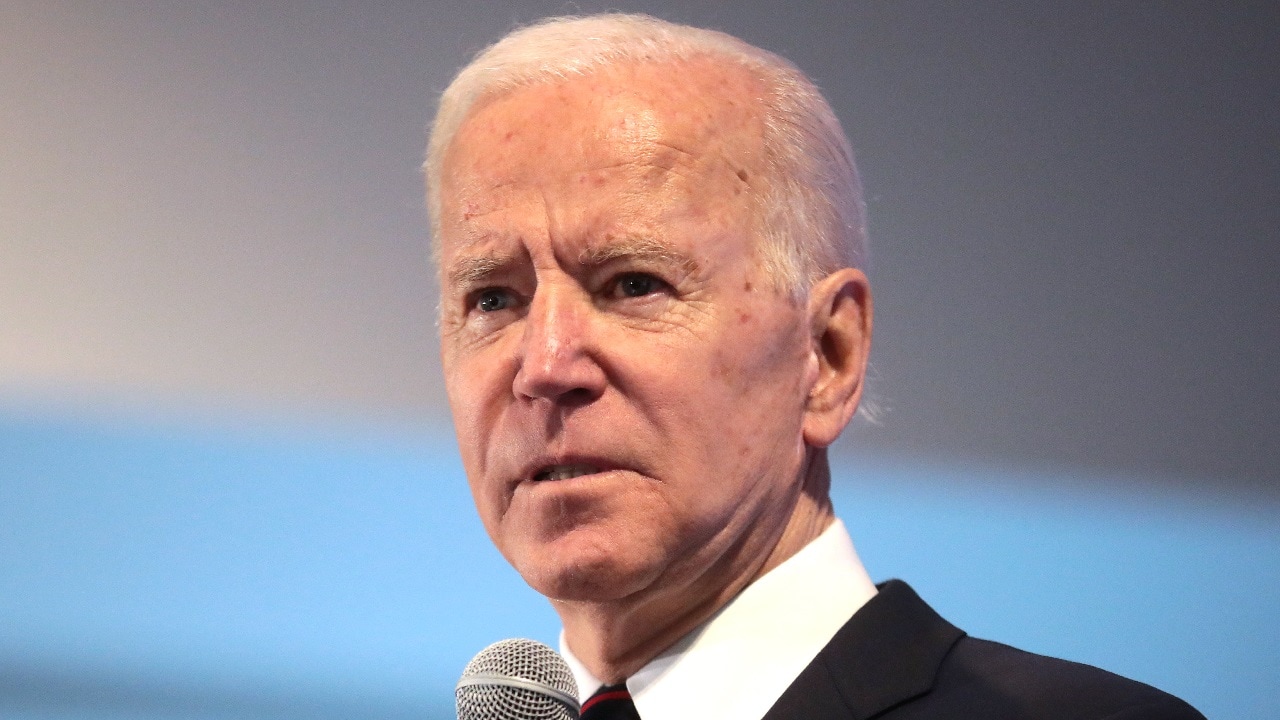Concerns amongst Americans over a second civil war are peaking. Are we in a sort of civil war right now considering how partisan the nation has become?
As one recent University of Chicago podcast reported, over 40 percent of Americans believe a civil war is likely in the next decade. Think about that. Nearly half of all Americans believe we are at the precipice of armed, internal conflict.
The idea is, frankly, far flung.
But that so many Americans feel the country is sufficiently divided to invite open warfare speaks to the hyper-partisan nature of contemporary American life.
Second Civil War Unlikely
The idea that two factions of our country will fracture from one another, into two distinct sides, and wage war against one another, is highly unlikely.
Things have changed since the 1860s when the US was last engulfed in Civil War. For one, the nation is more geographically/demographically complex. In the 1860s, politics and ideologies congregated in regions, based roughly on a north-south divide. Drawing the 1860 line in the sand was fairly simple. Can you imagine conducting a similar exercise today? You’d need to draw dozens, hundreds, thousands of distinct lines to accommodate modern factions, which fall not a north-south divide, but on more of an urban-rural divide.
To put in overly simplistic terms, urban environments trend towards liberal/Democratic while rural environments trend toward conservative/Republican. But that oversimplification hardly accommodates for the political-ideological variation from region to region. The blue Northeast and West Coast. The red heartland and Deep South. Swing states. Liberal bastions in purple/red states, i.e. Austin, Texas, or Tucson, Arizona, or Boise, Idaho. How would these far-flung, interwoven regions possibly congeal and organize into distinct factions? It’s hard to imagine.
Second, in 1860 you had a lightning rod issue: slavery. What’s the issue that would ignite such fervor, motivate such violence today?
Maybe abortion, which is framed in moral terms much like slavery once was. But I have trouble seeing a critical mass of the population taking up arms on account of their abortion position. Most Americans support abortion in some form. The citizens who are stringently anti-abortion argue their position with religious certitude, and surely, many of them would take up arms to enforce their anti-abortion views. But it’s hard to imagine the nation mobilizing in response to the abortion issue.
So, something else perhaps? Maybe specific election results. Like 2020 but with significantly more controversy, significantly more people convinced that the results were fraudulent? Possibly, something like that could inspire revolt – but that revolt isn’t going to organize into a standing army with divisions and battalions, et cetera.
The idea of a second, proper, Civil War is hard to imagine.
Hyper partisanship Untenable
While a second Civil War isn’t likely, the current political climate will be hard to sustain. The toxicity of the discourse. The distrust of the opposition. It’s not conducive to effective governance – or even to basic neighborly civility.
So, how does one fix the problem? That’s a complex, multi-faceted answer. Here are a few quick suggestions:
One, adjusting social media, and the mainstream media, to reflect more moderate tendencies.
Two, creating economic equality. Our most upset citizens, on both the right and the left, are the citizens who have been left behind economically. That’s an 80,000 foot answer that would require several articles to explore fully, but it’s something to think about on your way out.
Harrison Kass is the Senior Editor and opinion writer at 19FortyFive. An attorney, pilot, guitarist, and minor pro hockey player, Harrison joined the US Air Force as a Pilot Trainee but was medically discharged. Harrison holds a BA from Lake Forest College, a JD from the University of Oregon, and an MA from New York University. Harrison listens to Dokken.
From the Vault

